During the tour and discussions, the joint team made three suggestions:
1. More international collaboration with experts and academics from Southeast Asia, build capacity and experience in laboratory research, and apply for more funding and support from the government;
2. Starting to build capability for public health in veterinarian students and professionals as well as the veterinary medicine capability of public health students and professionals, in order to have capable professionals for sustainable animal disease prevention and control work in China;
3. Connecting public health professionals, veterinary experts and socio-economic experts for joint studies and projects.
■ On Feb. 3, the joint team visited the Wuhan Institute of Virology, Chinese Academy of Sciences. They visited the institute's BSL-4 laboratory, learning about its daily operation and laboratory management, especially its research work on COVID-19.
Prof. Shi Zhengli gave an extensive scientific report on her team's work on bat CoVs. She covered issues including the following:
- The team has collaborated internationally since 2004.
- About 19,000 samples had been collected, CoVs were detected in about 13 percent (2,481 positive for CoV) of the tested samples by RdRp sequencing and classified according to phylogeny. Clade 4 SARSr-CoVs only found in Yunnan Province.
- All fieldwork is done with full PPE (Personal Protective Equipment).
- One virus strain with high homology with SARS-CoV-2, was renamed as RaTG13, and the information published in Nature.
- The low likelihood that RaTG13 was the precursor of SARS-CoV-2.
- The limited amount of live virus available for research.
- Her laboratory used recombinant viruses to test whether the spike protein of bat CoV could bind ACE2 (angiotensin-converting enzyme II) to facilitate virus entry, using bat spike protein on a bat-CoV backbone instead of a human CoV.
- With regard to possible reservoirs of SARS-CoV-2, other animals besides bats can also be susceptible hosts.
- With regard to the matter of morbidity and mortality in miners in a mine in Mojiang County, Yunnan Province, where bats were present, Prof. Shi said that the events had been clarified in an addendum to her Nature article.
Prof. Wang Yanyi, Director of the Wuhan Institute of Virology, Chinese Academy of Sciences, discussed the issue of lab leaks with the WHO team.
Wang said serum samples were preserved annually for laboratory staff, and all staff samples were tested negative for SARS-CoV-2 antibodies.
When asked about positive influenza cases in October-November 2019, Wang replied that the institute performed retrospective research in collaboration with Wuhan Xiehe (Union) Hospital, testing influenza-like illness samples from that hospital. In total 1,001 samples were collected from patients in the hospital (the samples were not from staff of Wuhan Institute of Virology). No SARS-CoV-2 Nucleic Acid Testing positive samples were found in the samples from December 2019 and four coinfections with influenza and SARS-CoV-2 were found in the 700 samples from January 2020. The four coinfection cases are not staff of Wuhan Institute of Virology.
With regard to questions about laboratory workers, Wang said all of them underwent a strict training regime that includes three levels with strict rules on the certain quantity of training hours and in-laboratory experience prior to being allowed to enter the lab, or supervise others. P4 staff also undergo psychological evaluation before being allowed to work in the laboratory. Physical and mental health was monitored; no unusual respiratory infections had been noted in the previous year. Good compliance with mask use and hand hygiene was observed. Surveillance during the outbreak had been stringent; no suspected or confirmed case of COVID-19 was found in PCR testing and antibody testing of all staff was negative. (If any worker had been infected, it would have been likely that close contacts would have shown signs of infection.) Sera were tested twice a year, and all had been negative. There had been no turnover of staff in the CoV team.
Some reports identified one former laboratory worker as "missing." Actually, this person was an alumnus who graduated in 2015 and was now working in a different province and declined to speak to media. The person had been contacted and tested and ascertained to be healthy.
■ On Feb. 4, members of the joint team visited the Jiangxinyuan Community Center, and talked to survivors of COVID-19, family members of COVID-19 victims, and community workers. They learned about the daily management of the community, especially services including provision delivery, health promotion, healthcare, and psychological counseling during the epidemic. At the hotel where the WHO experts stayed, some members of the joint team talked with professors of Huazhong Agricultural University. They learned about the general information of the university and its COVID-19-related scientific researches such as animal surveillance around Wuhan.
During the meeting of WHO experts and community residents, a couple in their 70s, who both contracted COVID-19, recounted their fears and experiences. They expressed thanks to the government for covering all their expenses and to the volunteers for smoothing their return to their apartment with practical and moral support. Of the joint team's work on origins-tracing, the husband welcomed the experts to Wuhan and expressed the view that origins-tracing should be extended to cover the whole world.
Another representative of the community, who is also a building director, introduced the activities of volunteers, including urging everybody to stay indoors, delivering food and medicines, and frequently telephoning the old and lonely. The representative concluded that quarantine brought people together as one big family.
The last interviewee lost his spouse to COVID-19. He described how they were unable to see each other during the last two weeks of her life due to isolation measures. He acknowledged the continuing support of his colleagues and was grateful to the government for psychological support and counseling. His sorrow was still very evident. (To be continued)












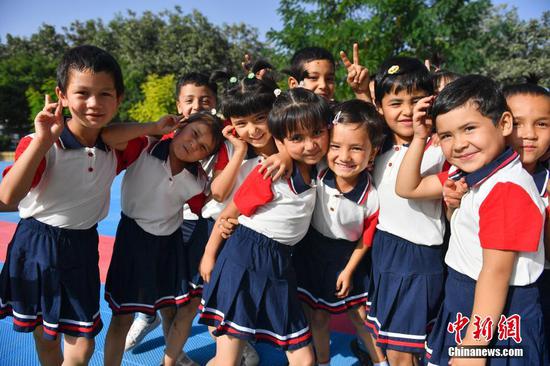

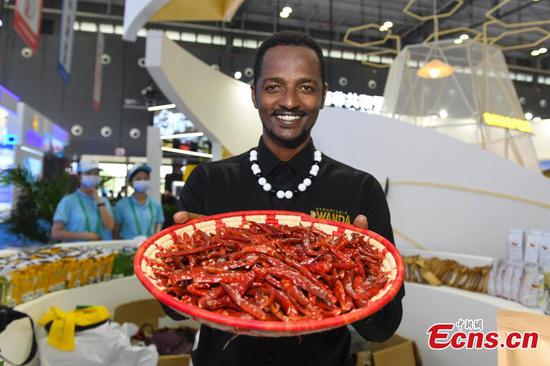
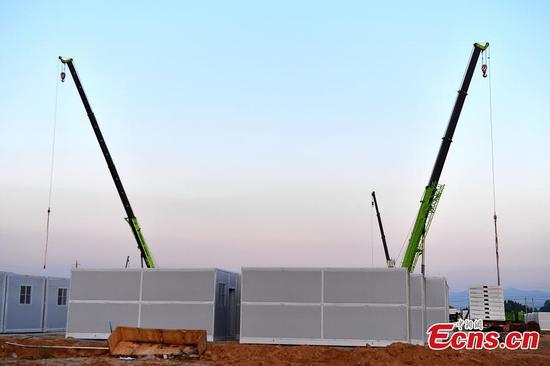
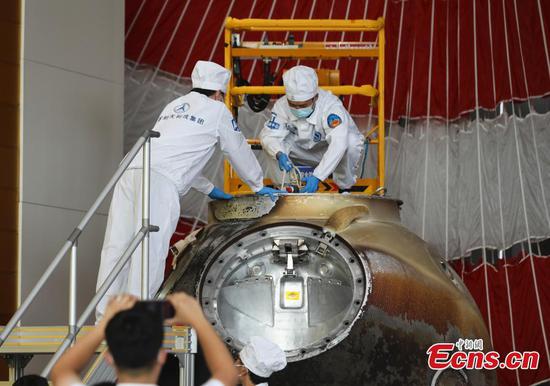







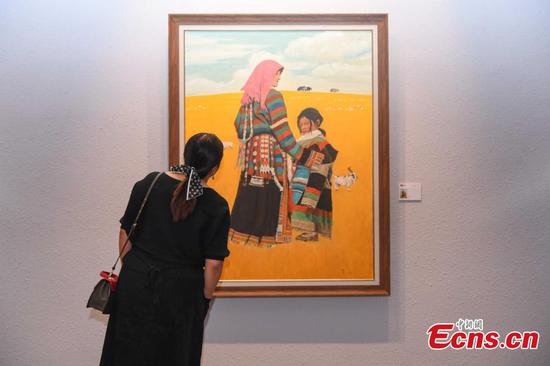

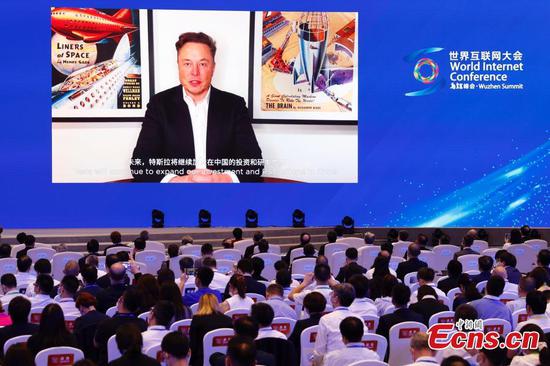





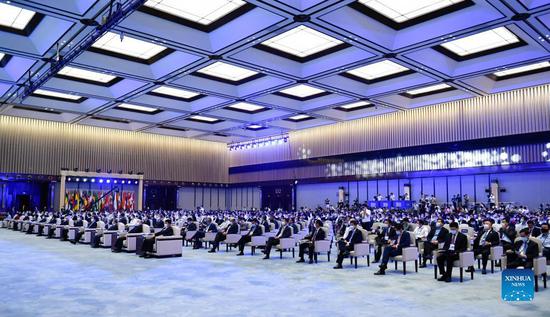

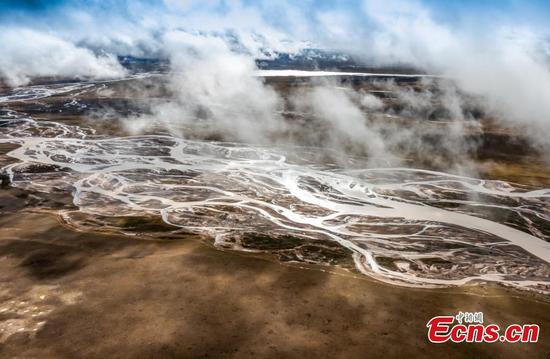
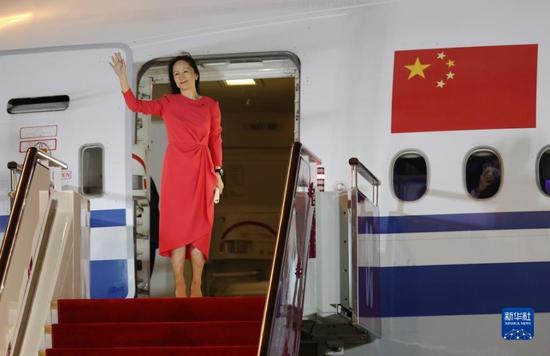

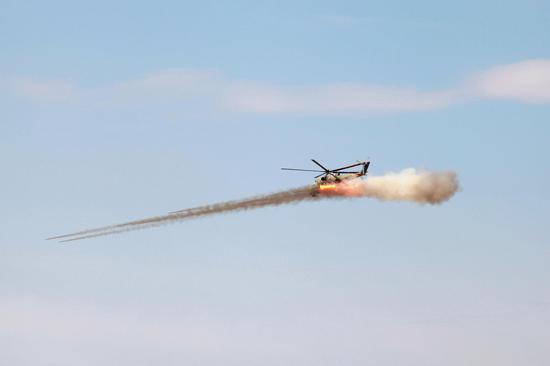
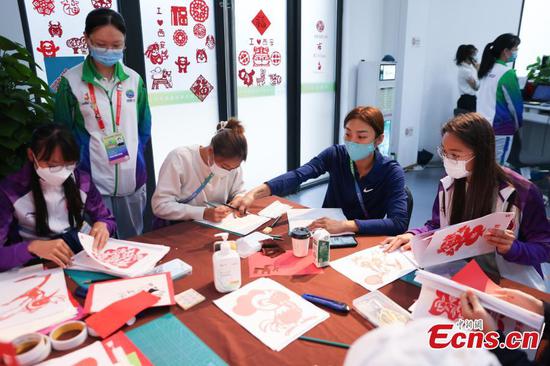







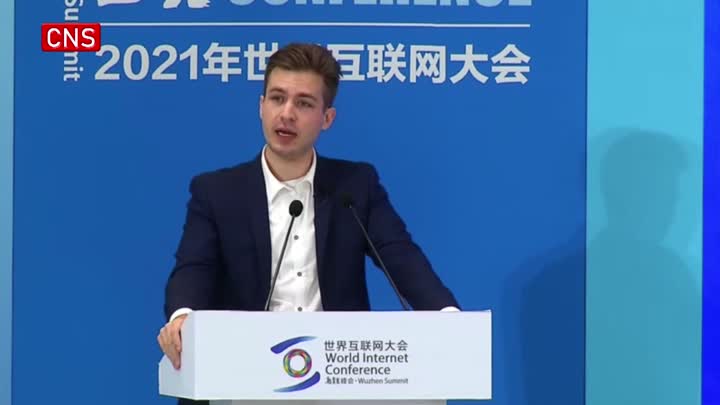



 京公网安备 11010202009201号
京公网安备 11010202009201号